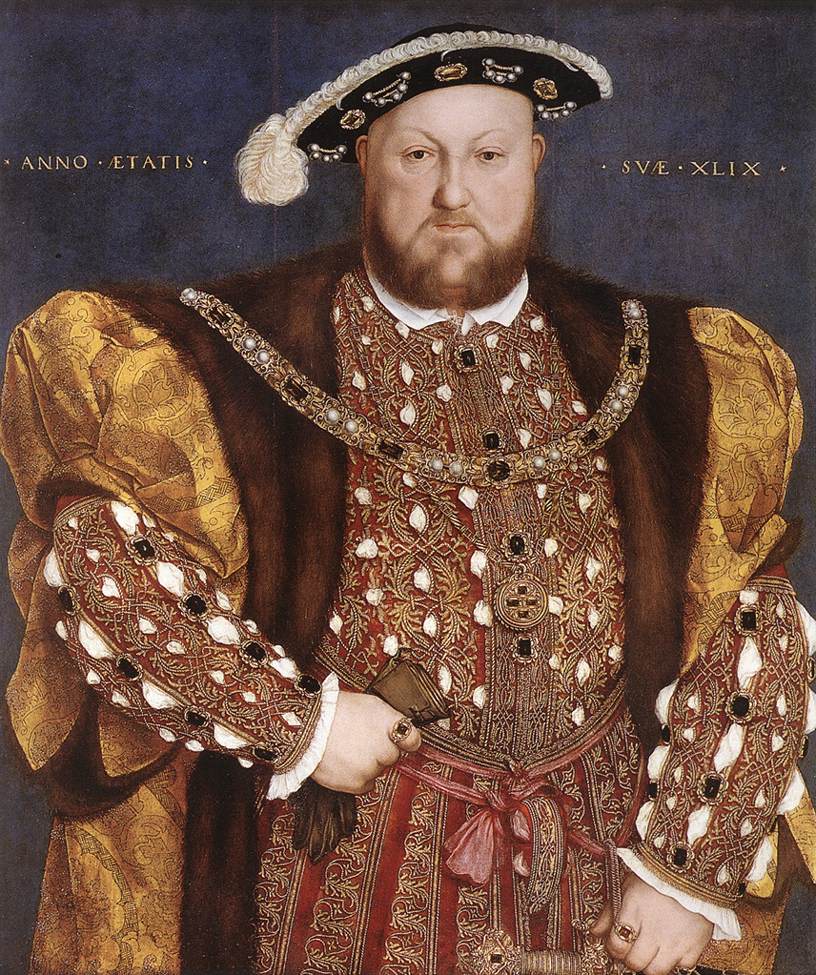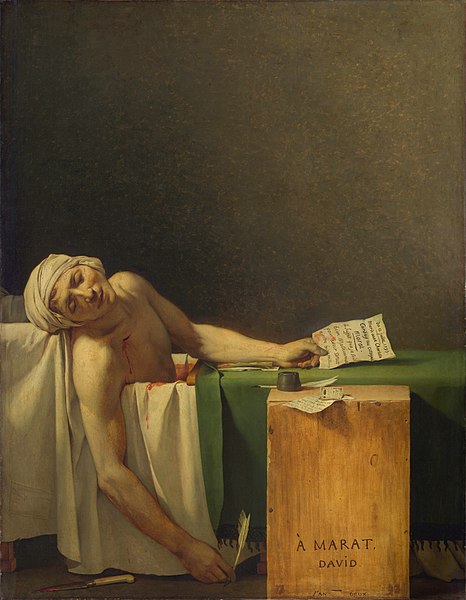Don Quixote and Sancho Panza
7:00 AM |
| Honoré Daumier, Don Quixote and Sancho Panza, 1864-1865 |
Allow me to introduce you to my newest friend, Honoré Daumier, the 19th century art world’s jack of all trades. You need a sketch? He can do it. A caricature? He’s on it. A painting? Just give him a subject. An unflattering bust of an important person on painted raw-clay? He’ll accentuate his ugly nose. With his astonishing talent and spot on political snark, Honoré Daumier can do anything. This made picking the subject of this post nearly impossible. I spent an hour and a half flipping through pages and pages of his work on ArtStor, only to come up with fifteen odd paintings, sketches, and sculptures that I absolutely adored. Then I stumbled onto his Don Quixote series.
Later in his affluent life, Daumier became enthralled with Don Quixote, painting upwards of 17 works based upon this famed hero narative. During this period, Daumier was becoming incredibly interested in impressionism, but he was also losing his eyesight. This mixture is reflected in each of his Don Quixote paintings. Many have the same organization and positioning of the subjects, but Daumier varies them by playing with his strokes, colors, and figures, discovering how to continue to paint inside of his disability. By combining realism and the up-and-coming impressionism, he learned to convey the same emotive nature and inventive flair in his paintings without the detail.
This version of Don Quixote and Sancho Panza stuck out at me from the fray. With the same earthy color palate as the realists, it shares the indistinct and abstract brush strokes of the impressionists. In this painting, Don Quixote, the gallant knight persona of a delusional, ordinary man, travels with his ignorant but sane sidekick, Sancho Panza. The two trek along a rocky desolate road in the middle of nowhere, with no markers of landscape other than the rocky crag and the beaten down road. Sancho Panza trails in back, hunched over and exhausted by the journey. He appears as a regular man, embodying the heart of the realist movement, incredibly human even in the way his rides his horse. Don Quixote, the valiant hero, rides ahead, alert, lance poised, as if charging off into a battle that does not exist. Even his form is fluid and fantastical, differing from the outlined figures that Daumier usually paints. Metaphorically, this shows Don Quixote as out of touch with reality, living entirely in a fantasy while literally riding off into the sunset. Although we relate to Sancho Panza as the working class man, he is not the focus. The use of the sun as a light source highlights Don Quixote as the subject. It's a circular beam in composition it creates a spotlight on the magical, right down to the mystic clouds lingering at the edges of the sunset. This light bubbles over with warm colors that fade to dark shadows as you reach Sancho Panza's realm of realism. Sancho Panza is in the dark about Don Quixote's identity, literally and metaphorically.
This work divides diagonally along the rock face, separating the two worlds. Don Quixote's ideal fantasy, the subject, the hope, the dream we all long for and Sancho Panza's real life, the one we relate to, the grounded, and the dark. There are many interpretations of what these two worlds represent including, hope versus despair, live versus afterlife, two portions of Daumier's personality, and realism moving to impressionism, all equally valid and clear in their execution. Regardless of which interpretation you choose, this painting has a way of explaining the duality on earth in a way that hooks the audience and moves us to feel the split in our own lives. Despite its unexceptional appearance from a distance, the more you study this painting the more you relate to it, and in that way it's one of the most intimate works I've ever seen.











0 comments